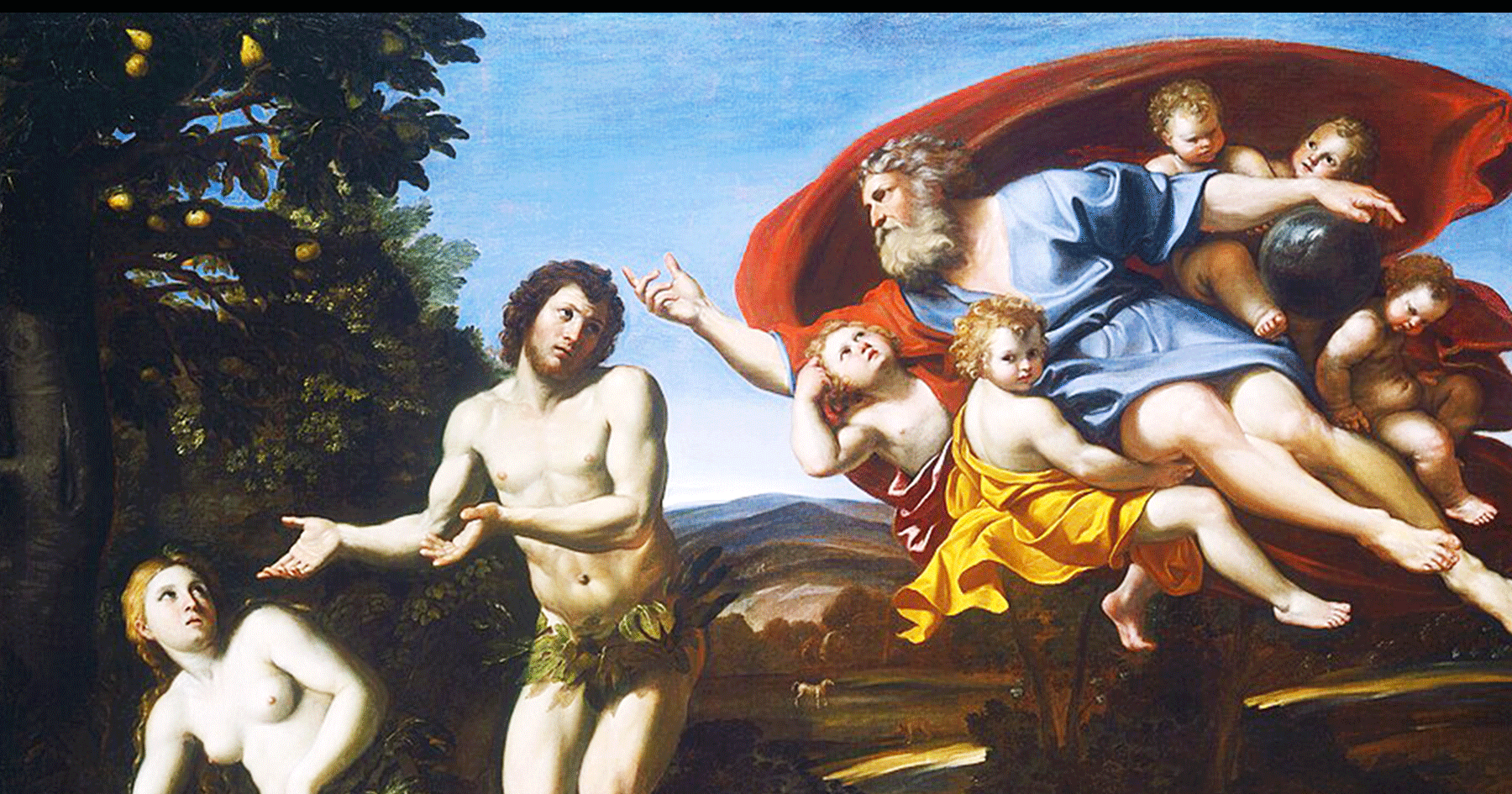The story of Adam and Eve is about choices and consequences. Right and wrong. Choices mattered then and they matter today for us all. God gave them truly clear guidelines and responsibilities as to what was expected of Adam and Eve as they came to be in the Garden of Eden, a perfect paradise except for the one especially important rule: Not to eat from the tree of the knowledge of Good and Evil.
In putting forth this article, I first want to point out I have researched extensively in The New American Standard Bible, also known as The New Open Bible, Study Edition. I have also referred to the Jewish Study Bible, Tanakh Translation, Oxford University Press. Jewish Publication Society. As well as the Short Introduction to the Hebrew Bible, Second Edition by John J. Collins. Along with Wikipedia, Got questions.org/Edenicpcovenant.html, Paul Enns, Moody Handbook of Theology.
The Bible can be overwhelming to students, including myself. It should be studied thoroughly, not just read. For best results in studying the Bible you could choose a Study Bible you are comfortable with. By reading the study notes in unison with the chapters and verses you will gain a greater insight. If there are any words you are not familiar with, find the best definition for those words. You can access Google to find unfamiliar words, by inputting the words, followed by “ancient, or Biblical.” The meanings can sometimes be different than the meanings of today.
The Garden of Eden was the first home of Adam and Eve, the first man and woman (Gen. 2:2—3:24). Eden is a translation of a Hebrew word which means “Delight,” suggesting a “Garden of Delight.” They both fell from their original state of innocence when Satan approached Eve through the serpent and tempted her to eat of the forbidden fruit, (Gen. 3:1-5). Eve ate and gave it to her husband, and he chose to eat the fruit as well (Gen. 3:6-7). The disobedience plunged themselves and humanity into a state of sin and corruption.
Locating the exact spot of the Garden of Eden is difficult, although the best theory puts it near the source of the Tigris and Euphrates rivers in the Armenian highlands. Modern photographs taken by satellites have shown evidence that the two rivers, now dry beds, could have flowed through those areas centuries ago.
The New Open Bible, Study section talks about “The Edenic Covenant” in which God promises Adam life and blessing, but that promise is conditional upon Adam’s obedience to God’s command not to eat of the fruit of the tree of knowledge of good and evil (2:15-17), which is the first of the general covenants. In it, Adam is charged to populate the earth (Gen, 1:28); exercise dominion over the animal creation (Gen. 1:28); care for the garden of Eden , and enjoy its fruit (Gen. 1:29; 2:15). The Edenic Covenant was terminated by man’s disobedience, when Adam and Eve ate of the fruit of the knowledge of good and evil, resulting in their spiritual and physical deaths.
Genesis 2:18-25 How the first family began:
Fills in the details of the simple statement in Genesis 1:27: “Male and female He created them.” This account particularly amplifies the “and female” part of the statement and shows how women where created. Three observations can be made on the passage that will help us to understand how the family began:
a. The need for woman (vv. 18-20). Woman is absolutely essential in God’s plan. It was God who observed, “It is not good for man to be alone “(v. 18) and determined to make a “helper” for Adam. Woman’s role in the will of God was as a “helper” who was suitable for Adam in every mental, spiritual, emotional, social, and physical need. God undertook an orientation program to show man the need that God alone had observed. God brought to man the birds and the beasts created by God, so that man should exercise his dominion over them (v. 28) and name them (v.19). However, in verse 20 it is noted that for Adam there is no helper like himself.
b. The provision of woman for man (vv.21-24).
God caused Adam to go to sleep, and God removed one of his ”ribs.” Exactly what God removed is not known, but it was adequate for God’s purpose to ”fashion” (lit., build) a woman (v, 22) whom Adam recognized as being his equal, “bone of my bones, and flesh of my flesh.” This became known as the universal law of marriage (. 24), in which it can be seen that: (1) the responsibility for marriage is on the man’s shoulders –he is to “leave his father and mother,” (2) the responsibility for keeping the union together is on man’s shoulders—he is to “cleave” to his wife; and (3) the union is indissoluble – “they shall become one flesh.”
c. The state of the first man and woman (v. 25).
From the beginning the man and the woman were “naked’ in each other’s presence and “were not ashamed.” There is no shame in nudity when it occurs in the right context—the marital union. This passage clearly teaches that (1) sex was God’s idea and is not sinful; (2) sex came before the Fall, and if the Fall had never taken place there still would be sexual relations between a man and his wife; and (3) propagation of the species is one, but not the exclusive purpose for sex. The Bible gives two other reasons for sex: (1) to promote love between the husband and wife (Page 1430—Heb. 13:4) and (2) to prevent fornication—the unlawful satisfaction of the God-given sexual desire (Page 1317—Cor. 7:2).
The Fall of Humanity
Genesis 3:6-76.
When the woman says that the tree was good for food, and that it was a delight to the eyes, and that the tree was desirable to make one wise, she took from its fruit and ate; and she gave also to her husband with her, and he ate. 7. Then the eyes of both were opened, and they knew that they were naked; and they sewed fig leaves together and made themselves loin coverings (girdles). “Adam’s Sin,” as it is titled in the New Open Bible, Study Edition. Here it says Adam’s sin does not seem to be a very great sin from man’s perspective. All he did was take a bite of some fruit. Adam’s sin is serious in that the fruit was of the tree of the knowledge of good and evil, of which God said that he was not to eat under penalty of death (Page 6—Gen. 2:17). “but from the tree of the knowledge of good and evil you shall not eat, for in the day that you eat from it… you will surely die.”
This covenant plays an important part in the unfolding of God’s plan of redemption. As it shows the inability of humanity to maintain a right relationship with God even when they are in the earthly paradise that God created for them. Adam’s sin broke this conditional covenant with God and left humanity in a fallen state.
Both the Edenic Covenant and the Covenant of Redemption that follows are significant for several reasons.
First, they establish a pattern to be repeated throughout scriptures: 1) humanity sins, 2) God judges the sin, and 3) God bestows grace and mercy by providing a way to redeem humanity and restore its relationship with God.
Second, the covenants show us that sin always has consequences. Understanding the different covenants in the Old Testament and their relation to each other is important in understanding the covenantal relationship with God’s chosen people as well as His plan of redemption as revealed in scripture.
In the fall we will review the other covenants of God and Jesus Christ. See you in the fall of 2025!
Blessings,


